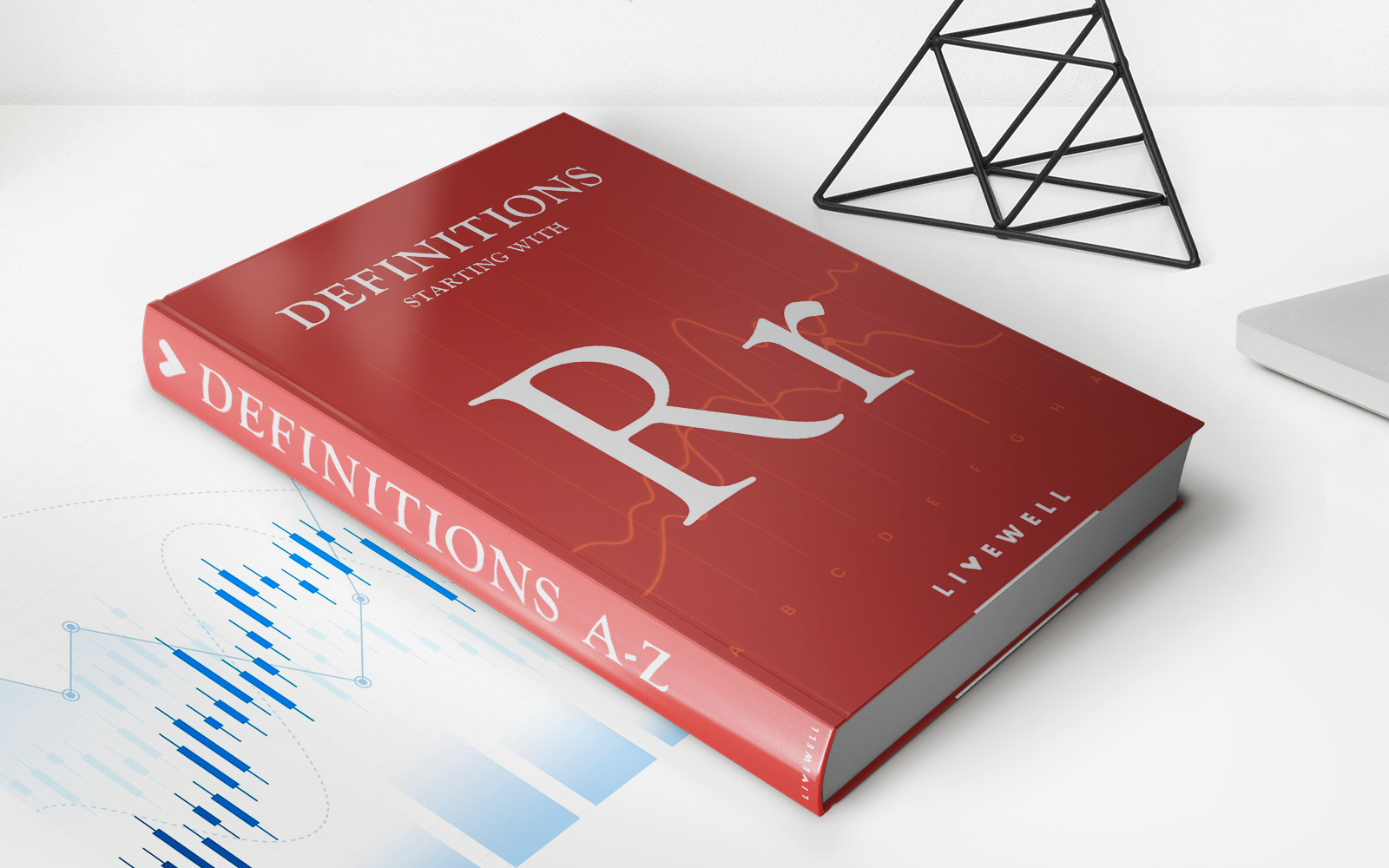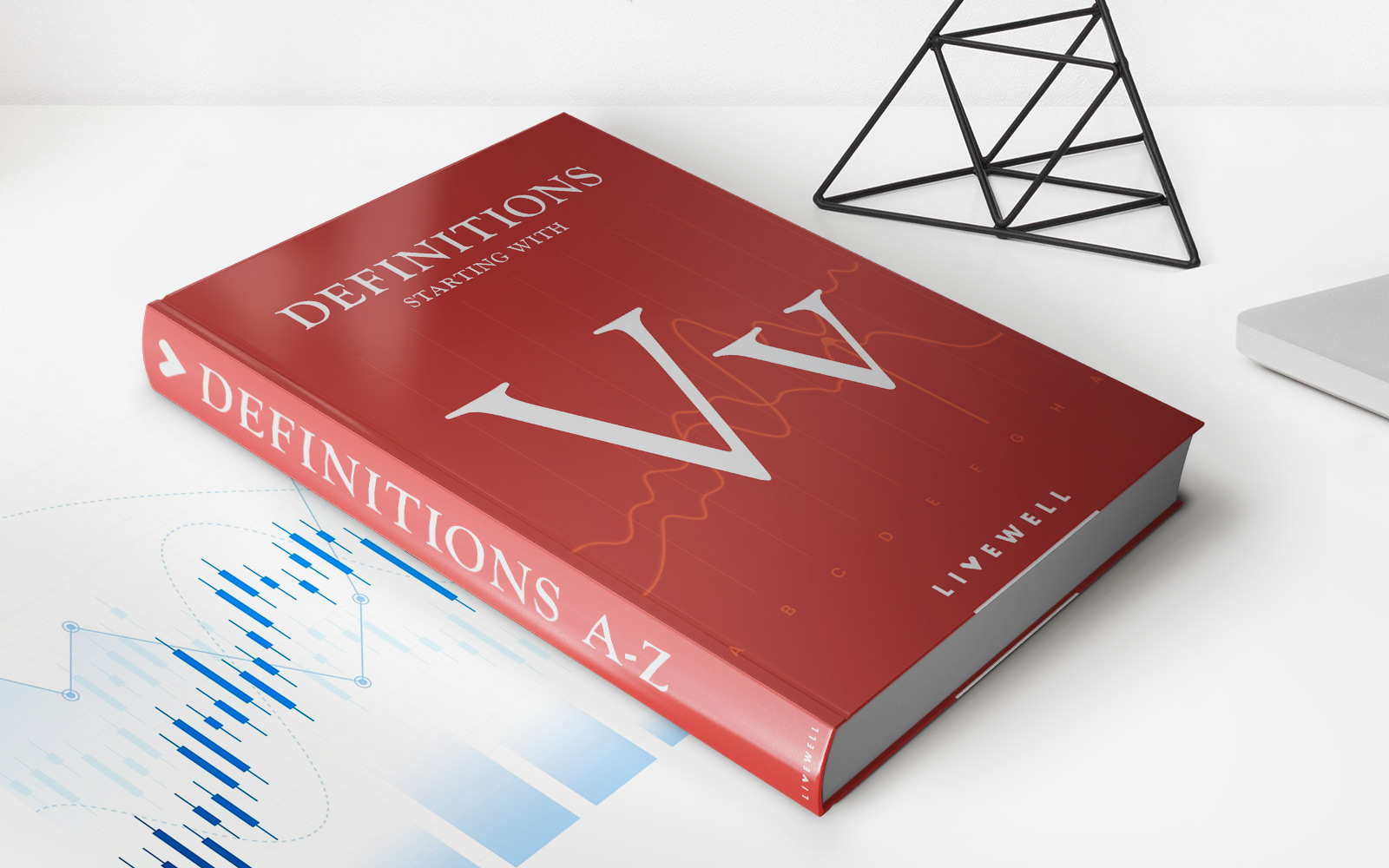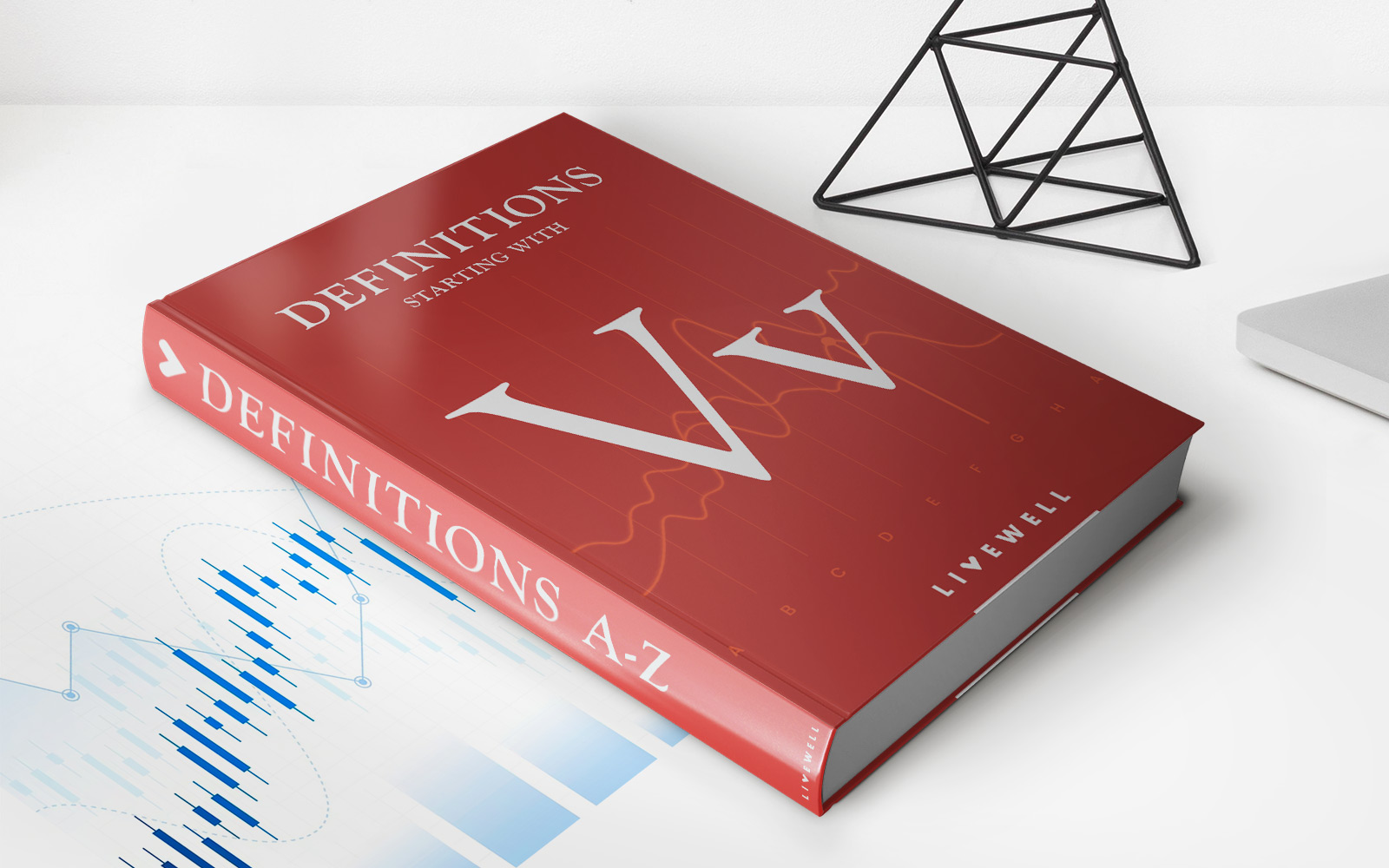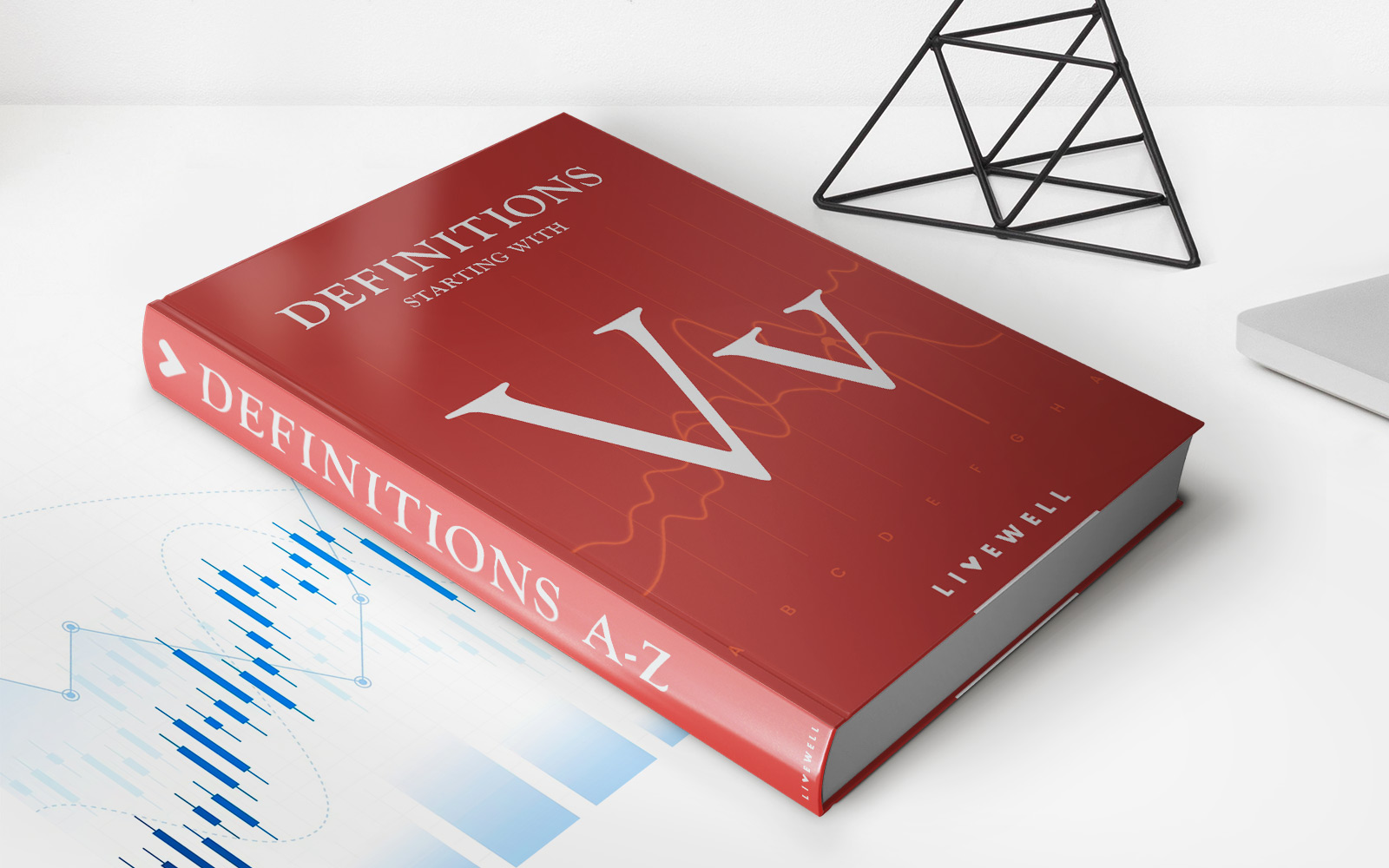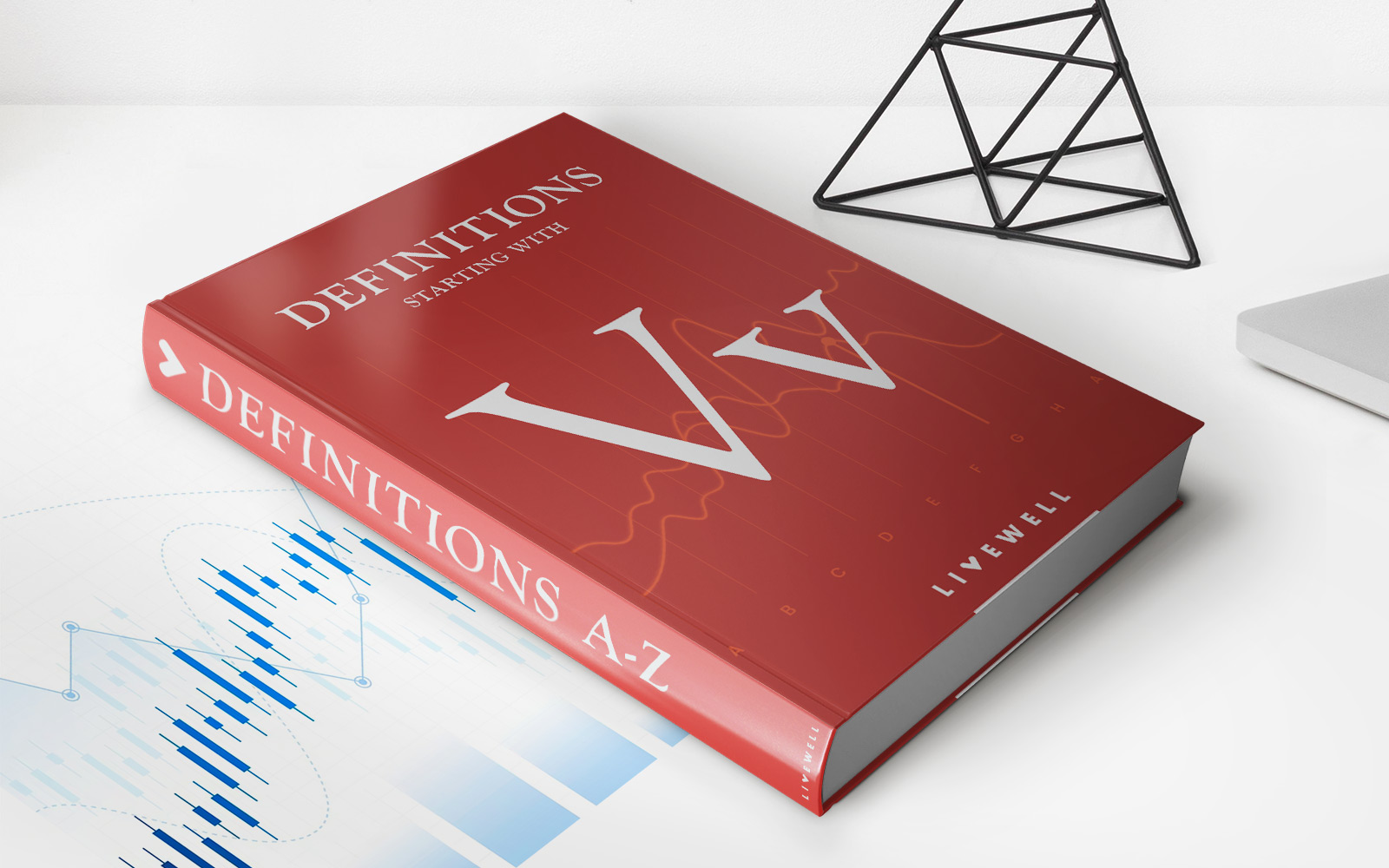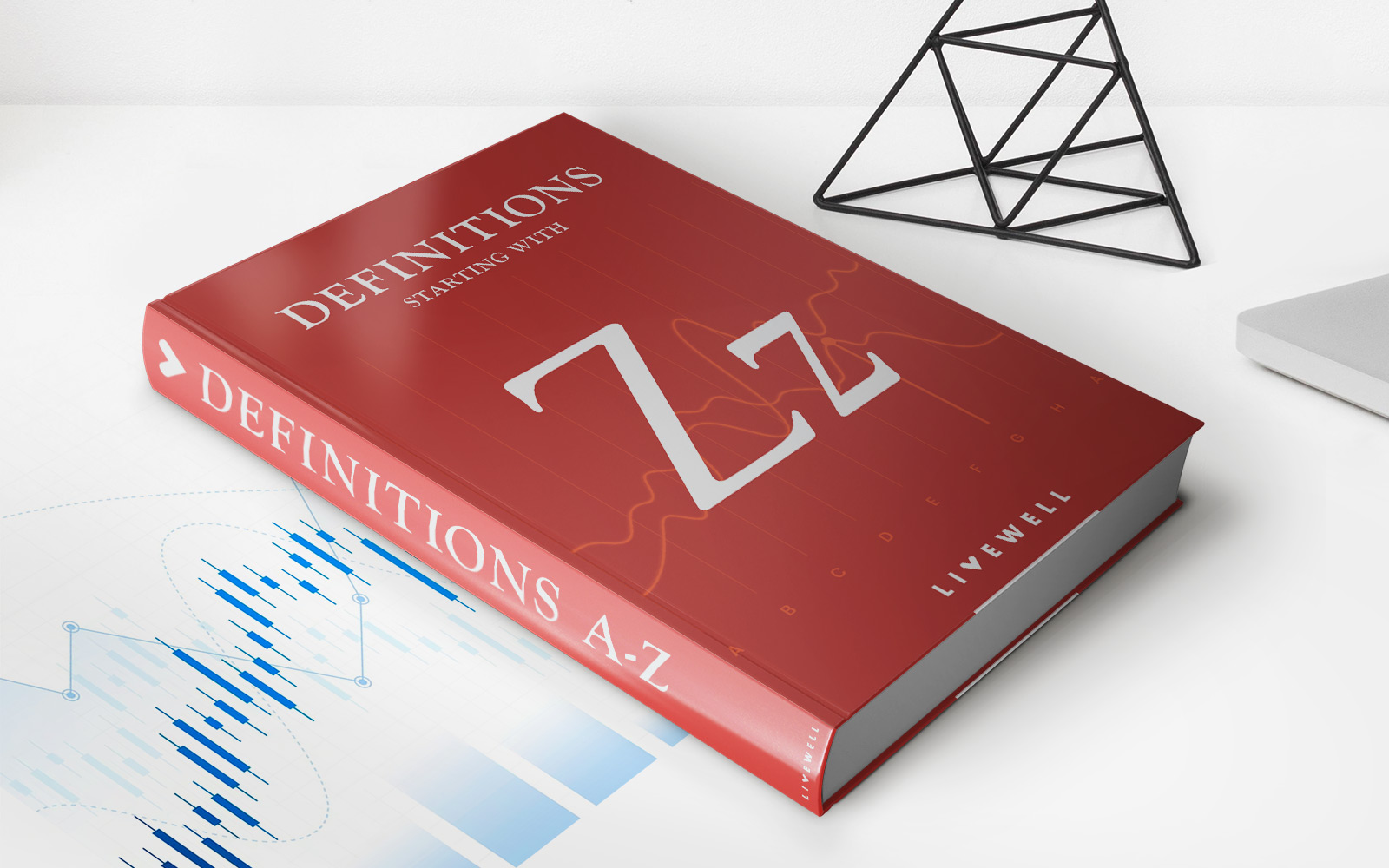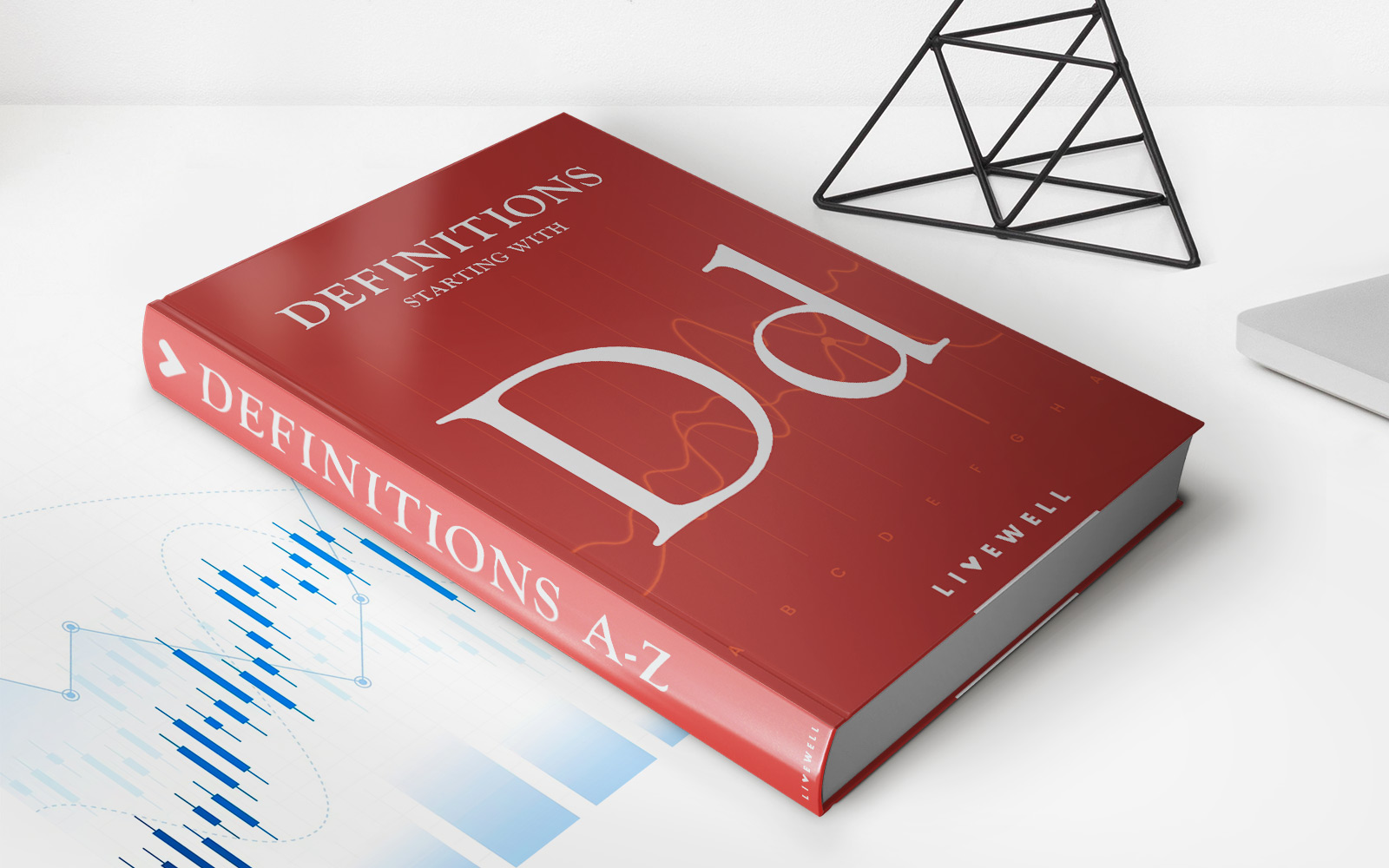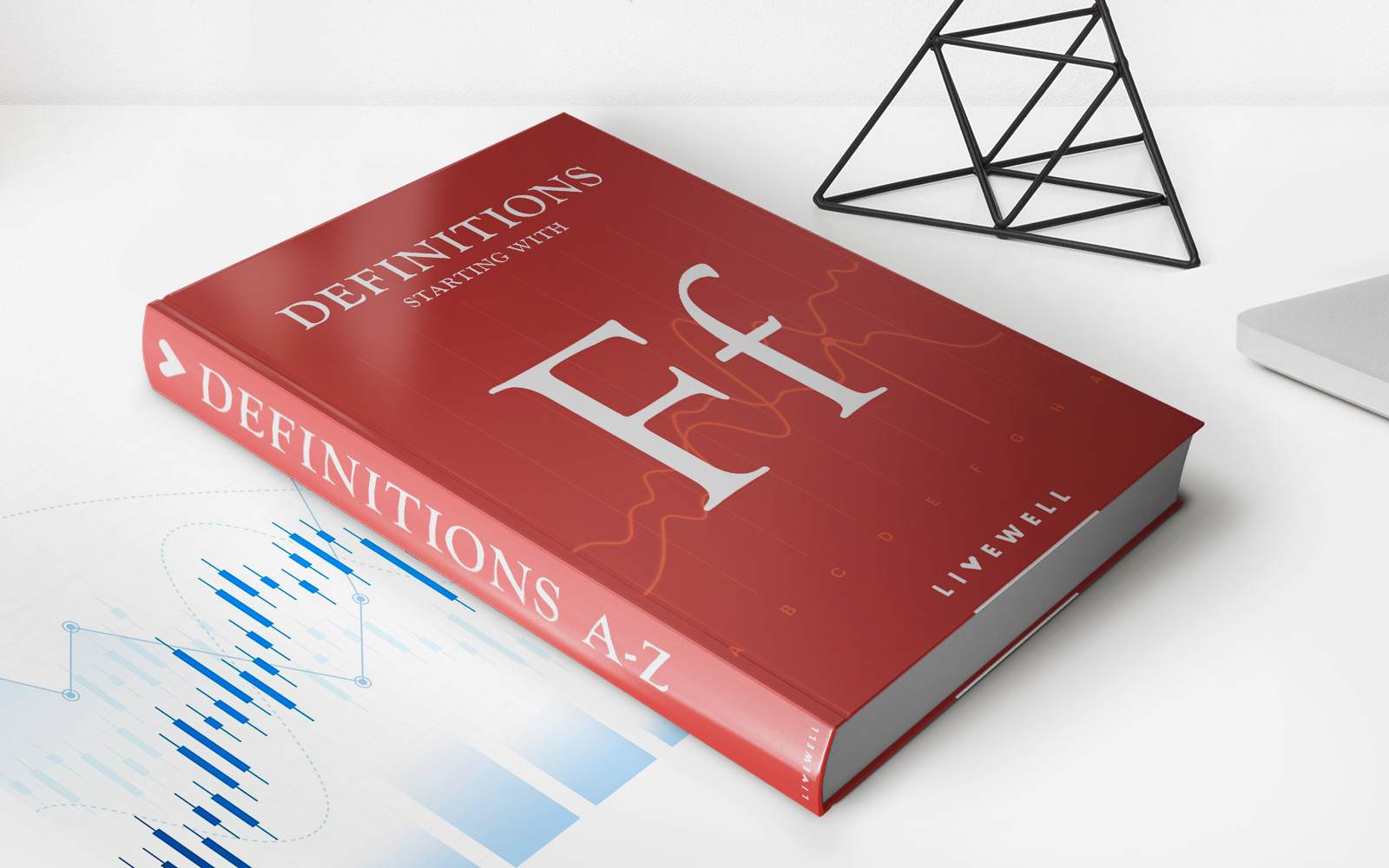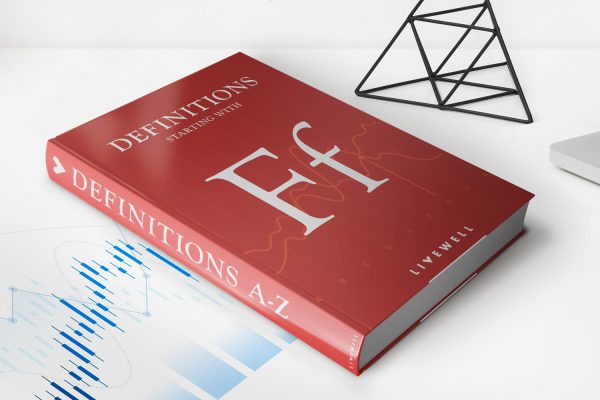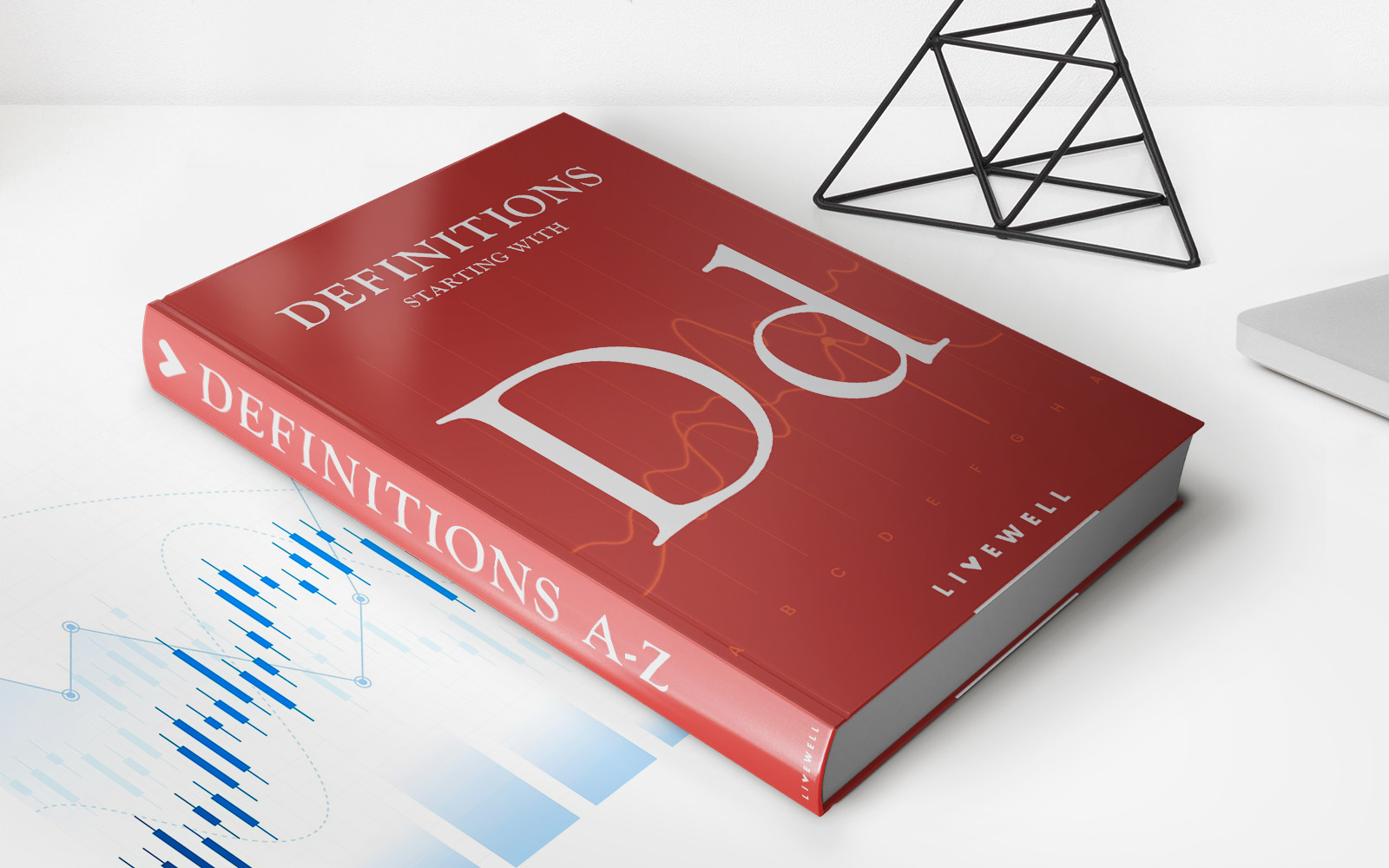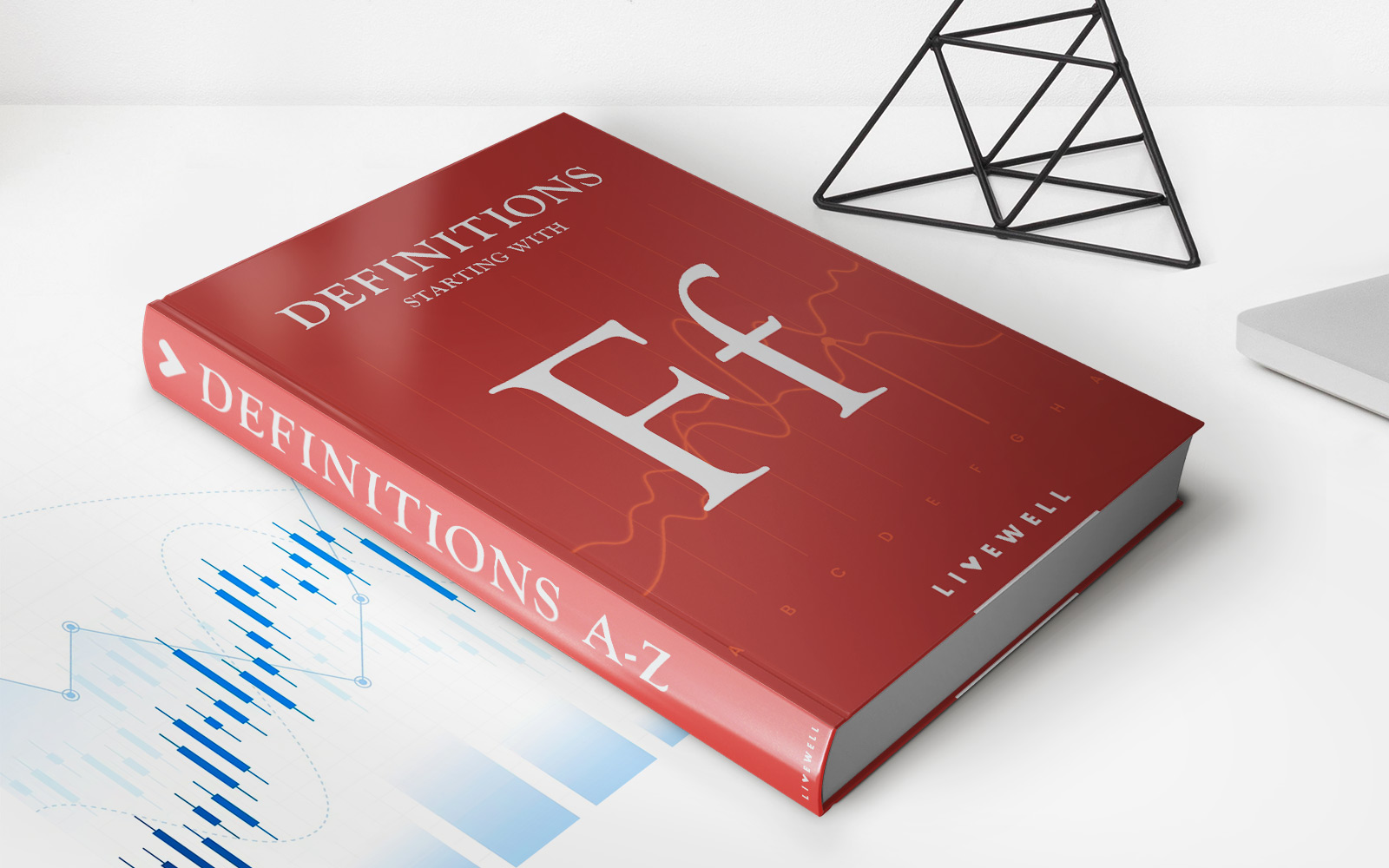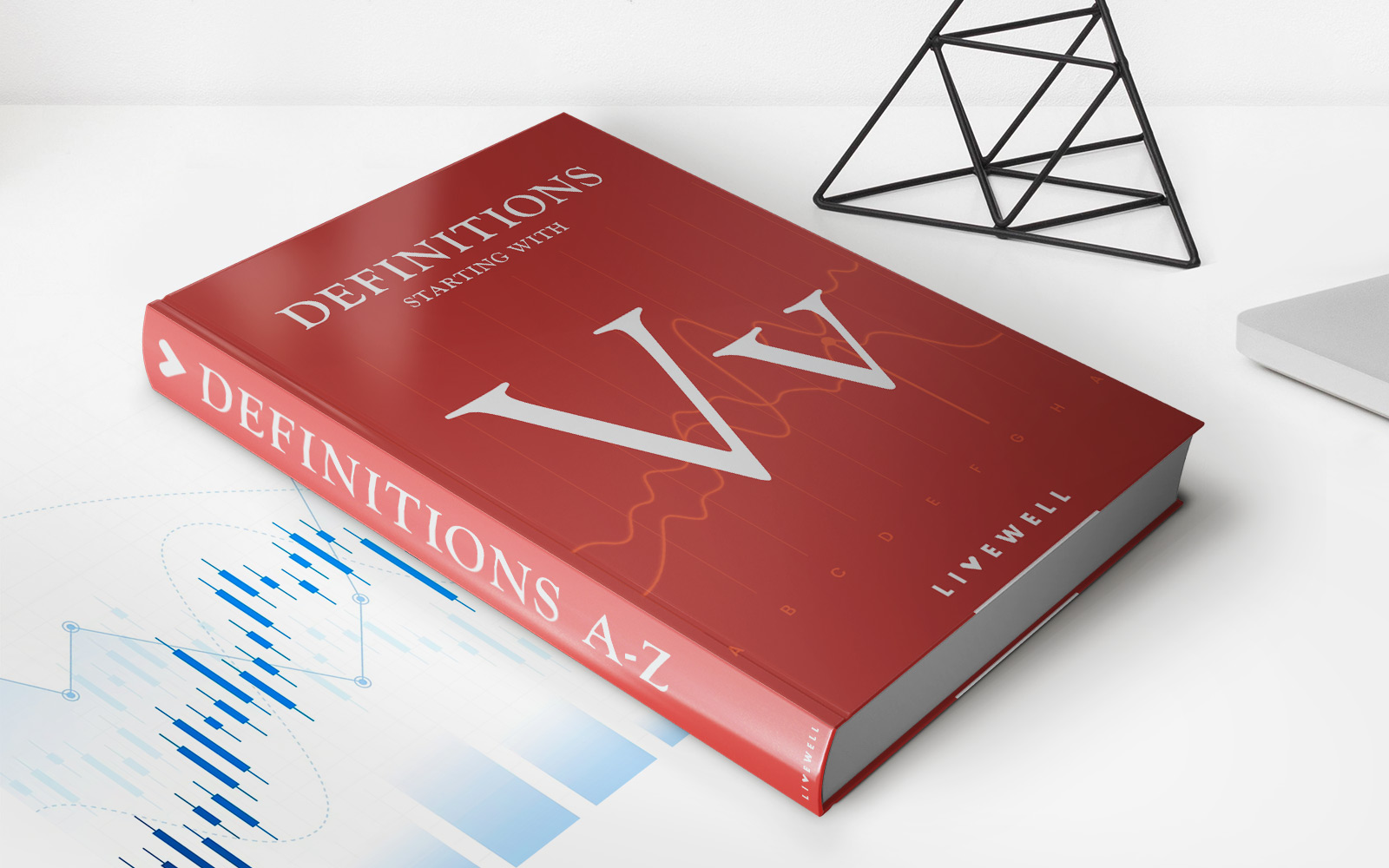

Finance
Voluntary Foreclosure Definition
Published: February 16, 2024
Find out the meaning of voluntary foreclosure and how it can impact your finances. Understand the concept and implications of this financial decision.
(Many of the links in this article redirect to a specific reviewed product. Your purchase of these products through affiliate links helps to generate commission for LiveWell, at no extra cost. Learn more)
Understanding Voluntary Foreclosure: Definition, Process, and Implications
Welcome to our “FINANCE” blog category, where we dive into various topics related to managing your finances, investing wisely, and making informed decisions. In this blog post, we will explore the concept of voluntary foreclosure, providing a comprehensive definition, detailing the process, and discussing its implications on homeowners. If you’ve ever wondered what voluntary foreclosure is and how it can affect you, read on to find out.
Key Takeaways:
- Voluntary foreclosure occurs when a homeowner proactively decides to surrender their property to the lender due to financial hardship or an inability to continue making mortgage payments.
- Engaging in voluntary foreclosure can have long-lasting implications on a homeowner’s credit score and financial future.
What is Voluntary Foreclosure?
Voluntary foreclosure, sometimes referred to as deed in lieu of foreclosure, is a legal process in which a homeowner voluntarily hands over the ownership of their property to the lender instead of going through the traditional foreclosure proceedings. They essentially surrender the property to the lender, typically with the lender absolving the homeowner of any remaining mortgage debt.
This option is usually pursued when homeowners find themselves in a financially distressed situation and are unable to continue making mortgage payments. By choosing voluntary foreclosure, they can avoid the lengthy and often emotionally draining foreclosure process, allowing them to move on more quickly.
The Process of Voluntary Foreclosure
While the exact process of voluntary foreclosure may vary depending on legal requirements and lender policies, it generally involves the following steps:
- Evaluation: The homeowner assesses their financial situation, realizes they can no longer afford the mortgage payments, and determines that voluntary foreclosure may be the best option.
- Communication: The homeowner contacts their lender to express their intention to pursue voluntary foreclosure and initiate negotiations.
- Documentation: The lender provides the homeowner with the necessary forms and documents to complete the voluntary foreclosure process.
- Property Surrender: The homeowner signs over the property title to the lender, granting them ownership.
- Resolution: Upon receiving the property, the lender may or may not absolve the homeowner of any remaining mortgage debt. It is crucial to review the terms and conditions carefully to understand the implications.
Implications of Voluntary Foreclosure
Choosing voluntary foreclosure can have several implications, including:
- Impact on Credit Score: Voluntary foreclosure will negatively impact the homeowner’s credit score, making it more challenging to obtain credit in the future.
- Deficiency Judgment: In some cases, the lender may choose to pursue a deficiency judgment, holding the homeowner responsible for any remaining mortgage debt not covered by the property value.
- Future Loan Eligibility: Voluntary foreclosure may make it challenging to qualify for future mortgages for several years, as lenders may view the foreclosure as a significant risk.
- Emotional Consequences: Going through the foreclosure process, whether voluntary or involuntary, can be emotionally challenging for homeowners, causing stress and uncertainty.
It is crucial for homeowners to carefully weigh the pros and cons and explore all available options before deciding to pursue voluntary foreclosure. Seeking professional assistance from financial advisors or housing counselors can provide valuable insights and help navigate the complexities of the process.
In conclusion, voluntary foreclosure is a process where homeowners voluntarily surrender their property to the lender to avoid the traditional foreclosure proceedings. While it may provide a faster resolution, it has lasting implications on credit, future loan qualification, and emotional well-being. It is important to thoroughly understand the process and consider all alternatives before pursuing voluntary foreclosure.
